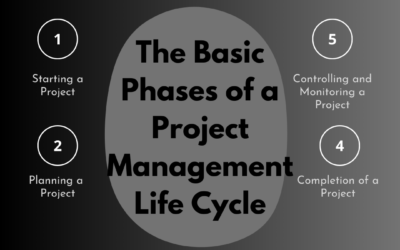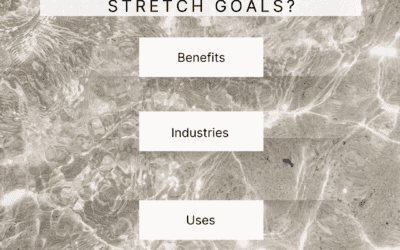
The Agile approach and its general workings have been covered in great detail. Let’s now examine more closely how the procedure would appear in real-world circumstances.
1. Set a release schedule and a product roadmap
You must have a clear understanding of what you’re working on and your objectives before you write a single line of code. This requires understanding the final product, the features it must have, the target market, and what makes your product special. In addition to you, team leaders and clients should be present to create a strategy for this step because it includes very high-level decisions. In the end, you should leave the initial meeting or meetings with a preliminary product plan. Naturally, the product plan would be far more detailed in the actual world. The client-requested features should receive extra attention because they will be the focus of your sprints. At this point, it’s critical to be realistic about what is and isn’t feasible. You should also let your team and clients know how frequently you plan to deliver new revisions. The length of your sprint will depend on the difficulty of the tasks you intend to take on; typically, they last around a month.
2. List the tasks you must complete before you can complete your first sprint
The huge things you need to implement can be divided into smaller tasks once you have a product plan in place. Each of those jobs can be further divided into even easier ones. You’ll need your teams to have access to collaboration tools in order for this process to go smoothly. Agile project management is, after all, only possible through collaboration. The tools you choose in this situation don’t really matter as long as there is a system in place that allows you to track progress and your team to mark their accomplishments. It’s time to assign your first set of tasks and begin your first sprint, or each iteration’s development process in Agile parlance. You ought to have a fresh iteration of your project at the conclusion of each sprint, with an increase in features with each new release.
3. Keep teams on track by conducting daily stand-ups
Every project experiences problems when it is being developed. Agile management encourages you to keep informed by holding brief daily meetings that consist of three questions. What assignments have you completed since our previous meeting? What will you be focusing on today? Did you have any issues when completing the process? Don’t be put off by the prospect of ongoing meetings. You’re not intended to listen to everyone chat for hours on end when you have an Agile attitude. Everyone should be aware of how the project is progressing at all times to handle any possible problems as soon as they arise. Consider our reference to “daily” meetings more as a recommendation than as a general rule. The frequency of your sessions can be altered to fit your personal preferences. Just make sure you hit all three of our outlined points and that they occur frequently.
4. Finish your sprint then evaluate the outcomes
All successful sprints must finally come to an end. It’s time for you to review the latest revision of your project once you’ve met each release date specified in your timeline. In a perfect world, you would introduce several “small” features per release, with major ones occurring less frequently. But how far you get will primarily depend on your team, how well you manage them, and the nature of your project. You must now assess if you achieved each of the objectives you set for the most recent sprint. If you didn’t, you should consider why and consider ways to avoid it happening again. This should be done with your end users and the full team present. Even though this was the final section of our tutorial, your journey towards Agile is only getting started. Few projects are completed in a single leap, so after your review is through, get ready for the following sprint and keep going until you’ve achieved all of your objectives.




